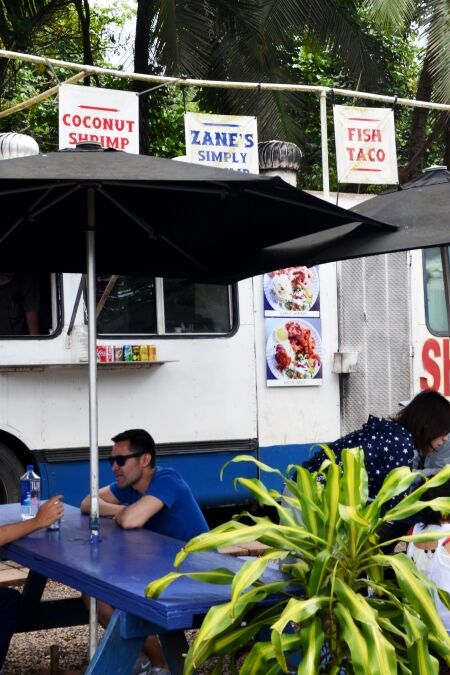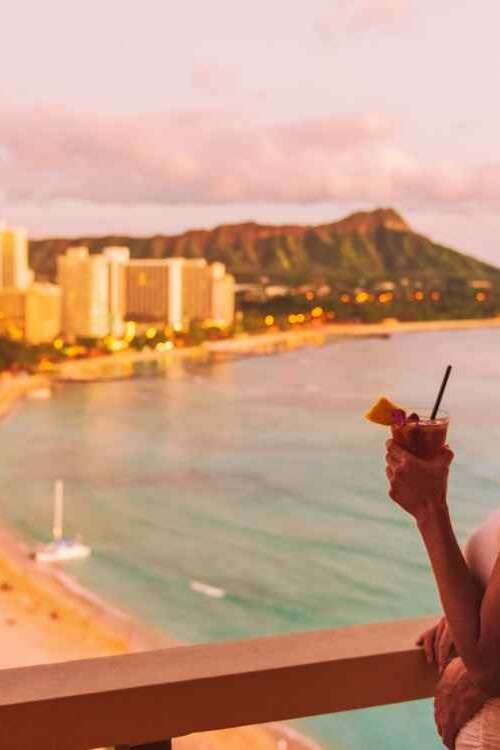Parker Ranch, one of the largest and oldest cattle ranches in the United States, is a cornerstone of Hawaii’s rich history and culture. Spanning over 130,000 acres on the Big Island, this historic ranch offers a glimpse into the legacy of Hawaiian ranching and the unique cultural heritage that thrives here. In this article, we’ll explore the history, activities, and visitor tips to help you make the most of your visit to Parker Ranch, one of the must-see Big Island attractions.
Highlights
- Tour the ranch’s historic homes, including the Parker family estate, and learn about the ranching heritage that shaped the Big Island.
- Participate in guided tours that offer an in-depth look at the ranch’s operations, including visits to working cattle pastures, riding demonstrations, and a chance to see the ranch hands in action.
- Experience the beauty of the Big Island’s landscapes with a horseback riding tour through the rolling hills and lush pastures of Parker Ranch.
- Visit the Parker Ranch Museum to explore exhibits that showcase the history of the ranch, the Parker family’s legacy, and the evolution of ranching in Hawaii.
- Capture breathtaking views of Mauna Kea, Mauna Loa, and the surrounding countryside.
- Immerse yourself in the unique culture of the Hawaiian cowboy, or “paniolo,” by attending special events, rodeos, and demonstrations that celebrate this vibrant aspect of Hawaiian heritage.
History
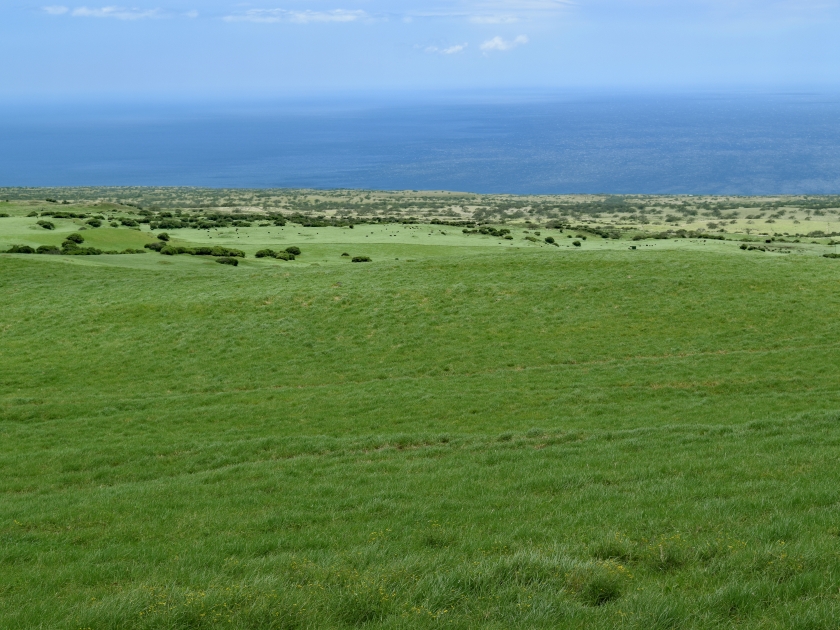
The Birth of Parker Ranch
In 1788, British Captain George Vancouver gifted five cows to King Kamehameha I, who allowed them to roam freely on Hawai‘i Island, declaring them kapu (off-limits). By 1809, the cattle population had exploded, causing significant damage to the island’s agriculture. Massachusetts sailor John Palmer Parker arrived in Hawai‘i during this time and later, with the King’s permission, began hunting the wild cattle, which marked the beginning of Parker Ranch.
John Palmer Parker’s Legacy
After his return to Hawai‘i during the War of 1812, John Palmer Parker brought back an advanced musket, earning him exclusive rights to hunt the wild cattle. In 1816, Parker married Chiefess Kipikane, the granddaughter of King Kamehameha I, and established the Parker dynasty. They built their homestead on the slopes of Mauna Kea, and Parker quickly turned the cattle into a thriving salt beef industry, which became a cornerstone of the island’s economy.
Transformation During the Monarchy
The death of King Kamehameha I in 1819 signaled a period of profound change in Hawai‘i, including the end of traditional kapu systems and the arrival of Christian missionaries. Under King Kamehameha III, Parker Ranch expanded as John Parker acquired more land. The introduction of Spanish-Mexican vaqueros, known as “paniolo,” to train Hawaiians in cattle handling further solidified the ranch’s cultural significance.
Samuel Parker and Political Influence
John Parker’s grandson, Samuel “Kamuela” Parker, played a prominent role in Hawai‘i’s political landscape during King Kalākaua’s reign in the late 19th century. Samuel served as the Minister of Foreign Affairs for Queen Liliʻuokalani during the 1893 overthrow of the monarchy. His daughters, close friends of Princess Kaʻiulani, were involved in the tragic events leading to the Princess’s untimely death.
Modernization and Alfred Wellington Carter’s Stewardship
In the early 20th century, Thelma Parker, a fifth-generation heir, was under the guardianship of Alfred Wellington Carter, who managed Parker Ranch for nearly 50 years. Carter expanded the ranch’s operations and supported the ranching community by providing housing and resources. Under his leadership, Parker Ranch supplied horses to the U.S. Cavalry and the Emperor of Japan.
Richard Smart’s Vision and Expansion
Richard Smart, the final heir of Parker Ranch, took over after World War II, during which the ranch hosted the Marine Corps at Camp Tarawa. A Broadway actor, Smart returned to Hawai‘i in 1960 and leased land to Laurance S. Rockefeller, leading to the creation of the Mauna Kea Beach Hotel. Smart also focused on community development, establishing the Kahilu Theatre and supporting local businesses.
The Future of Parker Ranch
Richard Smart’s passing in 1992 marked the creation of the Parker Ranch Foundation Trust, which continues to serve the Waimea community through education and healthcare initiatives. The Trust preserves the legacy, values, and traditions of Parker Ranch, ensuring its story continues to be written by those who live and work there.
Key Sites to Visit
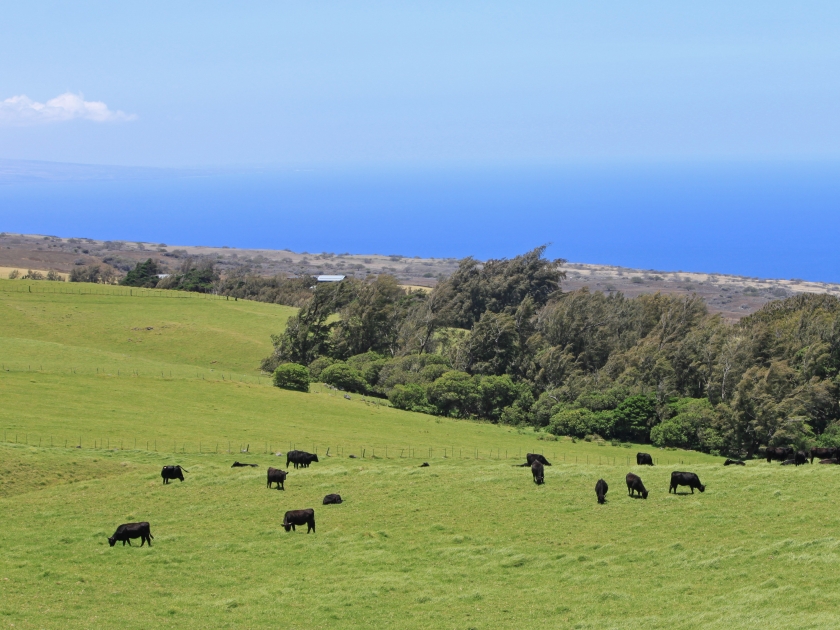
Puuopelu and Mana Hale
The historic homes of Puuopelu and Mana Hale are key highlights of Parker Ranch, offering a window into the ranch’s storied past. Puuopelu, the former residence of the Parker family, showcases an impressive collection of art and family heirlooms, reflecting the legacy of one of Hawaii’s most influential families. Mana Hale, known for its classic plantation-style architecture, provides visitors with a glimpse into the daily life on the ranch during its early years. Both homes are rich in history and offer a fascinating look into the cultural heritage of Parker Ranch.
Makahalau Cowboy Station
This rustic cowboy station is one of several outposts used by paniolos (Hawaiian cowboys) on the ranch. The station reflects the working heritage of Parker Ranch and the role of the paniolos in shaping Hawaii’s ranching industry. It provides insight into the daily lives of those who worked the ranch over the years.
Ranch Operations
Parker Ranch remains a fully operational cattle ranch, and visitors can gain a unique insight into its daily operations. The ranch is known for its sustainable cattle management practices, which have been honed over generations. From the care of the cattle to the maintenance of the vast pastures, every aspect of ranch life reflects a commitment to preserving the land and the legacy of ranching in Hawaii. Visitors can observe these operations up close, providing a deeper understanding of the challenges and rewards of life on one of the world’s largest cattle ranches.
Things to Do
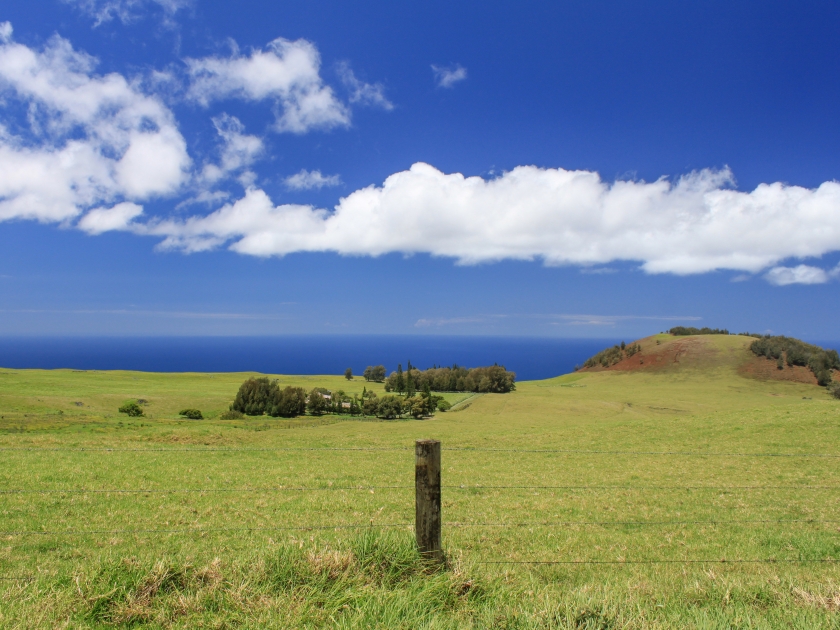
Explore Parker Ranch: Self-Guided Tours and Historic Homes
Embark on a self-guided tour of Parker Ranch, where you can explore the historic homes of Puuopelu and Mana Hale, nestled in the picturesque countryside of Waimea. These homes, rich in history and filled with family heirlooms and art, offer a glimpse into the Parker family’s nearly 200-year legacy. Start your journey with a tour pamphlet that will guide you through the homes, gardens, and grounds, immersing you in the ranch’s deep ties to Hawaiian history and royalty.
Saddle Up for Adventure: Horseback Riding Tours
While Parker Ranch itself doesn’t offer horseback riding tours, nearby Kahua Ranch and Paniolo Adventures at Ponoholo Ranch provide thrilling opportunities to experience the Big Island’s ranching heritage on horseback. These tours take you through breathtaking landscapes, offering a unique perspective on the island’s rich agricultural traditions.
Host Unforgettable Events: Pukalani Stables and Rodeo Arena
Parker Ranch’s Pukalani Stables and Rodeo Arena are ideal venues for memorable events. Pukalani Stables, with its historic charm and expansive open-air courtyard, is perfect for weddings, corporate events, and family gatherings. For larger functions, the Parker Ranch Rodeo Arena offers a spacious setting with a racetrack, grandstand seating for 1,200, and room for up to 2,000 guests, making it the ultimate venue for rodeos, concerts, and team-building events.
Capture Iconic Scenes: Media Location Shoots at Parker Ranch
With its diverse landscapes, Parker Ranch offers stunning locations for media shoots, from the rugged black lava fields to lush green pastures. The ranch has been featured in numerous productions, with iconic sites like the historic Pukalani Stables and the grand Puuopelu home providing the perfect backdrop for film, television, and print projects.
Experience the Wild: Guided Hunting Tours
For those seeking an adventure, Parker Ranch offers guided hunting tours across its 130,000 acres of varied terrain. From the ocean to the slopes of Maunakea, hunters can pursue Mouflon Sheep, pigs, and goats while enjoying unparalleled scenic views of the Big Island. These tours offer a unique way to connect with the land and experience the rugged beauty of Hawaii.
Visitor Information
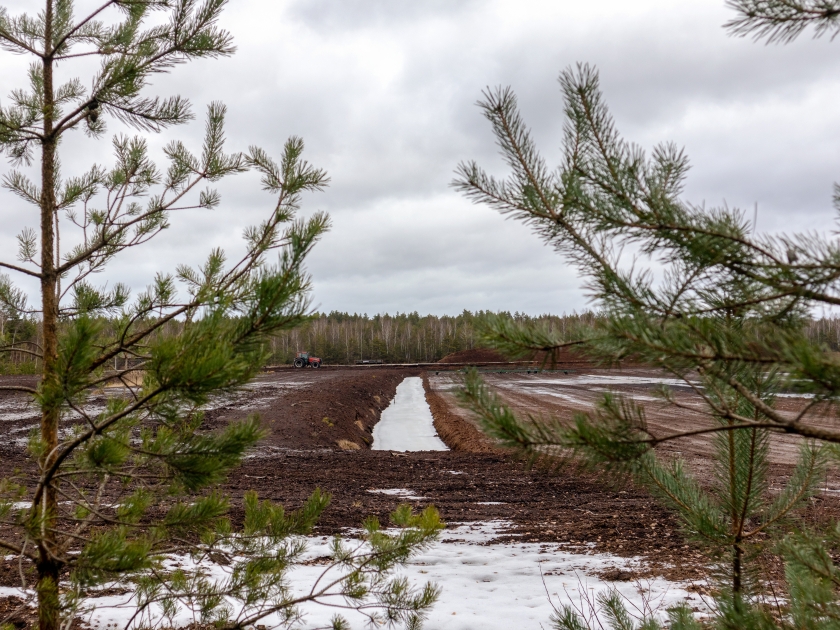
Operating Hours and Admission
Parker Ranch welcomes visitors year-round, with operating hours typically from 8:00 AM to 4:00 PM, Monday through Friday. Admission fees vary depending on the type of tour or activity chosen, with special rates available for children and seniors. Seasonal events or holidays may affect operating hours, so it’s recommended to check the ranch’s website or contact them directly for the most current information before planning your visit.
Accessibility and Facilities
Parker Ranch offers a range of facilities to ensure a comfortable visit, including ample parking, restrooms, and picnic areas. The ranch is committed to accessibility, with wheelchair-friendly paths and accommodations available throughout the visitor areas. On-site dining options provide a taste of local flavors, making it easy to spend an entire day exploring the ranch without needing to leave for meals.
Tips for Visiting
- What to Wear: Dress in comfortable clothing and sturdy shoes for exploring the ranch’s grounds; bring a hat and sunscreen for protection from the sun.
- Tour Booking: Book self-guided tours and special activities like guided hunting in advance to secure your spot.
- Event Planning: If planning an event at Pukalani Stables or the Rodeo Arena, contact the venue manager well ahead of time to discuss logistics and catering options.
- Explore Nearby: Combine your visit with nearby attractions like Waimea town, Mauna Kea, or the Kohala Coast for a full day of exploration.
- Photography: Bring a camera to capture the stunning landscapes, historic homes, and wildlife; the ranch offers numerous picturesque spots.
- Accessibility: Check with the ranch about accessibility options if needed, as some areas may have uneven terrain.
- Visitor Services: Take advantage of on-site amenities like restrooms and picnic areas for a comfortable visit.
- Respect the Heritage: Be mindful of the cultural and historical significance of the ranch; follow all guidelines provided during tours.
- Health & Safety: Stay hydrated, particularly when exploring the vast outdoor areas, and be aware of your surroundings when participating in activities like hunting or horseback riding.
Best Times to Visit
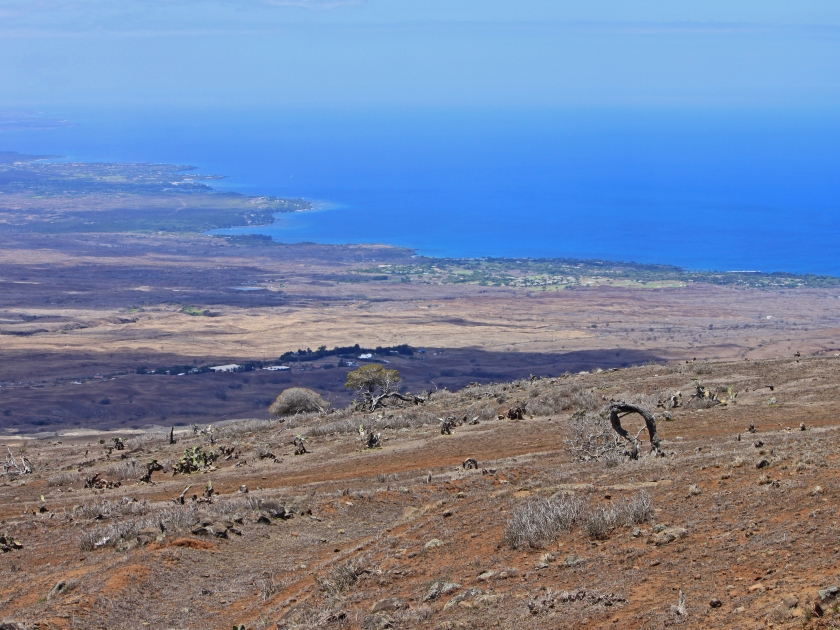
The best time to visit Parker Ranch is during the cooler months from November to April when the weather is mild and ideal for exploring the ranch’s expansive grounds. This period also coincides with major events like the Fourth of July Rodeo, offering a unique opportunity to experience the ranch’s vibrant traditions and community celebrations.
Frequently Asked Questions (FAQs)
Parker Ranch is known for being one of the largest and oldest cattle ranches in the United States, located on the Big Island of Hawaii.
Parker Ranch is located in Waimea on the Big Island of Hawaii, covering over 130,000 acres of land.
Yes, Parker Ranch offers tours and visitor experiences, allowing you to explore its rich history and beautiful landscapes.
Parker Ranch was established in 1847 and has played a significant role in Hawaii’s cattle industry for over 150 years.
Yes, Parker Ranch remains an active cattle ranch, continuing its long-standing tradition of ranching on the Big Island.
Visitors to Parker Ranch can enjoy guided tours, historical exhibits, and scenic views of the vast ranchlands.
How to Get There
By Car
To reach Parker Ranch by car, start by getting onto the nearest major highway leading towards Waimea on the Big Island of Hawaii. From Kona, take Highway 19 north, then merge onto Highway 190. Follow the signs toward Waimea, and after a scenic drive of about 45 miles, turn onto the road leading to Parker Ranch. The ample signage will guide you straight to the ranch’s entrance.
By Bus
If you prefer public transportation, you can take the public bus service operated by the County of Hawaii. Board the bus at designated stops in Kona or Hilo that head towards Waimea. The bus ride may take longer, typically around 1.5 to 2 hours, depending on the scheduled stops. Upon arrival in Waimea, you can catch a local shuttle or taxi service to Parker Ranch, ensuring a smooth transition from bus to ranch. Always check the bus schedule ahead of time for the latest timings and connections.
Saddle Up for a Journey Through Time
Visiting Parker Ranch is like stepping back in time, where history, culture, and natural beauty seamlessly intertwine. From exploring historic homes filled with family treasures to experiencing the vast, scenic landscapes that have shaped Hawaii’s ranching heritage, Parker Ranch offers a unique glimpse into the heart of the Big Island. Don’t miss the chance to immerse yourself in this iconic piece of Hawaiian history—plan your visit today and uncover the stories that make Parker Ranch a must-see destination.



